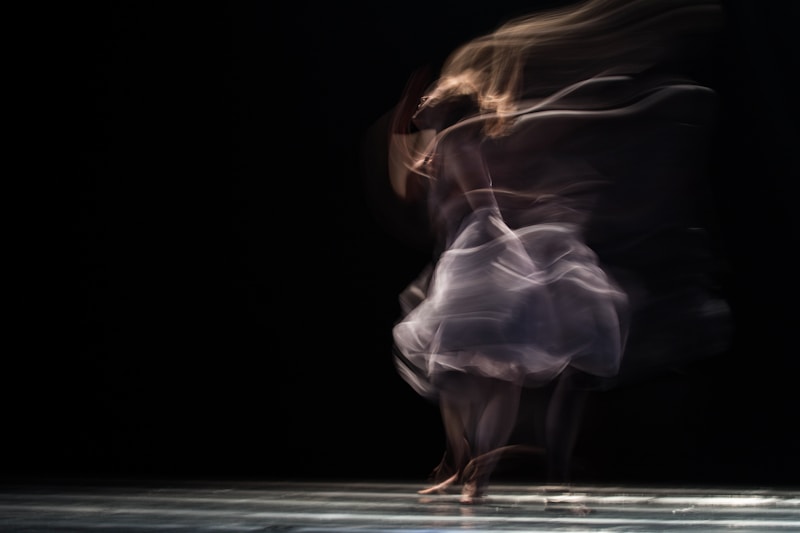9 Questions
What is Modernism?
What did artists attempt to do during the Modernism movement?
What were some of the Modernist innovations in art?
What did Modernism reject?
What is a notable characteristic of Modernism?
What is the difference between Modernism and Postmodernism?
What is late Modernism?
What is Postminimalism?
Who are some late Modernist writers?
Summary
Modernism: A Summary
-
Modernism is a philosophical and arts movement that emerged during the late 19th and early 20th centuries.
-
The movement reflected a desire for the creation of new forms of art, philosophy, and social organization which reflected the newly emerging industrial world.
-
Artists attempted to depart from traditional forms of art, which they considered outdated or obsolete.
-
Modernist innovations included abstract art, the stream-of-consciousness novel, montage cinema, atonal and twelve-tone music, divisionist painting, and modern architecture.
-
Modernism also rejected the ideology of realism and made use of the works of the past by the employment of reprise, incorporation, rewriting, recapitulation, revision, and parody.
-
Modernism rejected the certainty of Enlightenment thinking, and many modernists also rejected religious belief.
-
A notable characteristic of modernism is self-consciousness concerning artistic and social traditions.
-
Postmodernism is a departure from modernism and rejects its basic assumptions.
-
Modernism can be defined as a mode of thinking or a socially progressive trend of thought that affirms the power of human beings to create, improve, and reshape their environment.
-
Modernism sought to restore a "sense of sublime order and purpose to the contemporary world".
-
Modernism began in the mid-19th century with the Pre-Raphaelite Brotherhood and the writings of John Ruskin.
-
Important literary precursors of modernism were Fyodor Dostoevsky, Walt Whitman, and August Strindberg.
-
The main period of modernism was from the early 20th century to 1930, and it was characterized by a complex relationship with tradition.Modernism in Art, Literature, and Design
-
Modernist art can be revolutionary and still related to past tradition
-
Modernist painters like Picasso and Matisse rejected traditional perspective
-
Cubism emerged in 1911 in Paris and spread throughout Paris and beyond
-
Expressionism developed in the early 20th century in Germany in reaction to industrialization
-
Futurism, another modernist movement, began in 1909 in Paris
-
Modernist architects and designers believed that new technology rendered old styles of building obsolete
-
Stream of consciousness was an important modernist literary innovation
-
The trauma of World War I altered basic assumptions and made modernism's view of reality more generally accepted in the 1920s
-
Modernists sought to defy expectations to make their art more vivid or to force the audience to question their own preconceptions
-
Some modernists saw themselves as part of a revolutionary culture that included political revolution
-
Surrealism, which originated in the early 1920s, is regarded as the most extreme form of modernism
-
By 1930, Modernism had won a place in the mainstream of cultureModernism from 1930-1945: Literature, Art, and Politics
-
Modernism continued to evolve during the 1930s with the use of twelve-tone technique in music, cubist art, and experimental novels.
-
The New Yorker magazine began publishing work by young writers and humorists influenced by Modernism in the 1930s.
-
The adoption of new technologies such as electricity, the telephone, and the automobile created social change during this period.
-
Marxism became a strong influence on Modernism during this period, inspiring artists and writers to become more politically active.
-
Significant Modernist literary works were created during the 1920s and 1930s, including works by Marcel Proust, Virginia Woolf, and William Faulkner.
-
Modernist poetry in English was an American phenomenon, with leading exponents including Ezra Pound and T. S. Eliot, but important British Modernist poets also existed.
-
Modernism continued during this period in Soviet Russia, with composers like Dimitri Shostakovich and Alban Berg producing significant works.
-
Modernist artists in Europe during the 1930s faced censorship and persecution by the Nazi regime, causing many to flee to the Americas.
-
American art during the Great Depression was characterized by social realism and American Scene painting, with artists like Edward Hopper and Grant Wood producing famous works.
-
The term "late modernism" is sometimes applied to Modernist works published after 1930, and many literary modernists lived into the 1950s and 1960s.
-
The revival of modernism in music after World War II was led by composers like Boulez, Barraqué, Babbitt, Nono, Stockhausen, and Xenakis.
-
Late modernists still publishing after 1945 include Wallace Stevens, T. S. Eliot, William Faulkner, and Ezra Pound.
-
Modernism continued to influence mainstream culture during this period, with its ideas appearing more frequently in commercials and logos.Late Modernism: Post-WWII Art and Literature
-
Late Modernism refers to works created after 1945, with the idea that the ideology of Modernism was re-shaped by the events of World War II.
-
The postwar period left Europe in upheaval, with many artists, writers, and poets fleeing to the United States for safety.
-
In New York City, American abstract expressionism emerged as the dominant movement in the late 1940s, with artists like Jackson Pollock, Willem de Kooning, and Mark Rothko leading the way.
-
Paris recaptured its luster in the 1950s and 60s as the center of a machine art florescence, with sculptors Jean Tinguely and Nicolas Schöffer launching their careers there.
-
The Theatre of the Absurd, which expresses the belief that human existence has no meaning or purpose, began in the 1950s with the plays of Samuel Beckett.
-
The London School of figurative painters, including Francis Bacon, Lucian Freud, Frank Auerbach, Leon Kossoff, and Michael Andrews, gained widespread international recognition.
-
In the 1960s, post-painterly abstraction, color field painting, hard-edge painting, and lyrical abstraction emerged as radical new directions in abstract painting.
-
Postminimalism, process art, and Arte Povera also emerged as revolutionary concepts and movements that encompassed both painting and sculpture.
-
Pop art rejected abstract expressionism and celebrated material consumer culture, advertising, and the iconography of the mass production age.
-
Minimalism emerged as an abstract movement in art in the early 1960s, rejecting the idea of relational and subjective painting.
-
Prominent artists associated with minimalism include Donald Judd, John McCracken, Agnes Martin, Dan Flavin, Robert Morris, Ronald Bladen, Anne Truitt, and Frank Stella.
-
Late Modernist writers include Basil Bunting, Hermann Broch, Thomas Mann, Samuel Beckett, Charles Olson, and J. H. Prynne.
Description
Test your knowledge of modernism with this comprehensive quiz covering its origins, major artists and writers, important movements, and the impact of modernism on art and literature. From the Pre-Raphaelite Brotherhood to post-painterly abstraction, this quiz will challenge your understanding of this revolutionary movement that sought to break free from tradition and redefine the world. Whether you're an art history buff or a literature lover, this quiz is sure to pique your interest and expand your knowledge of modernism.


